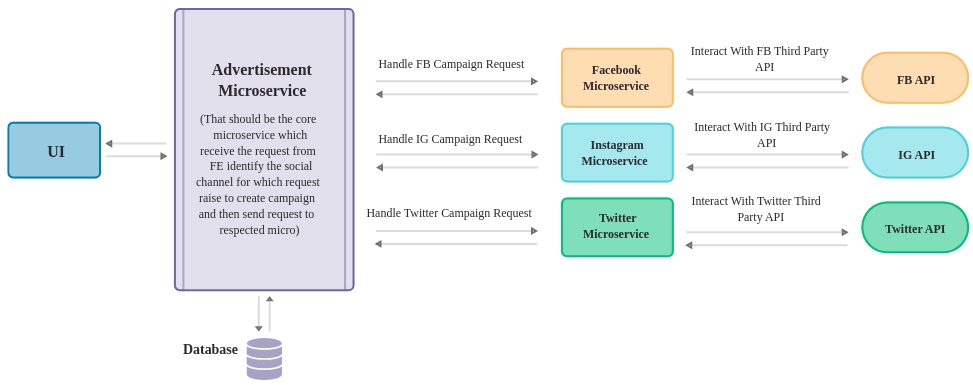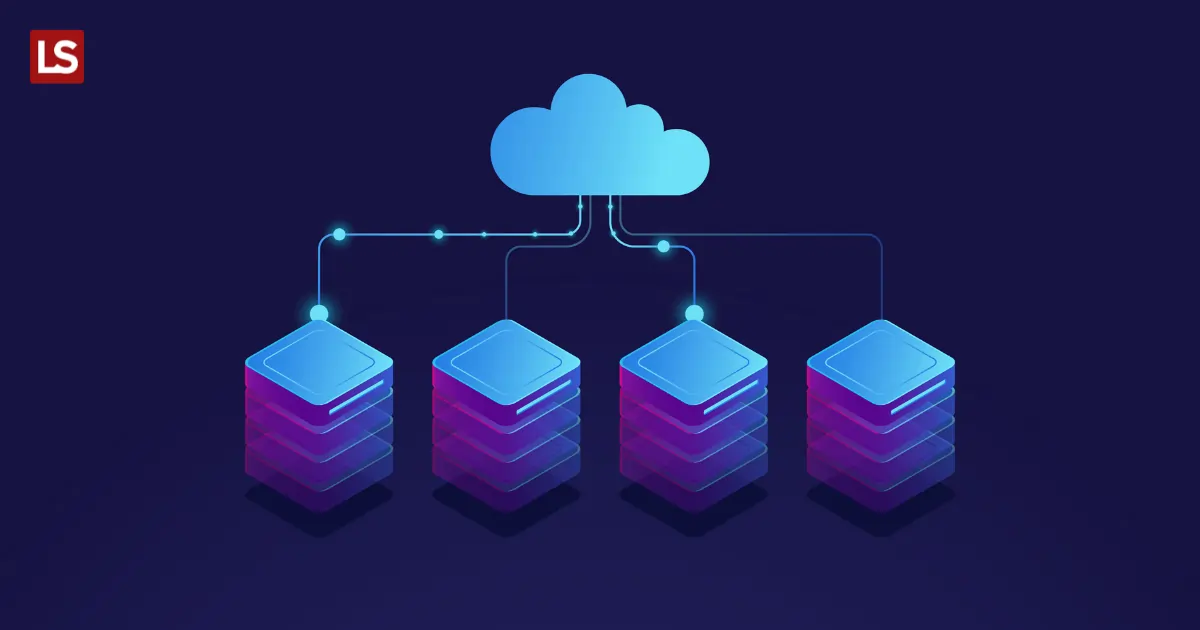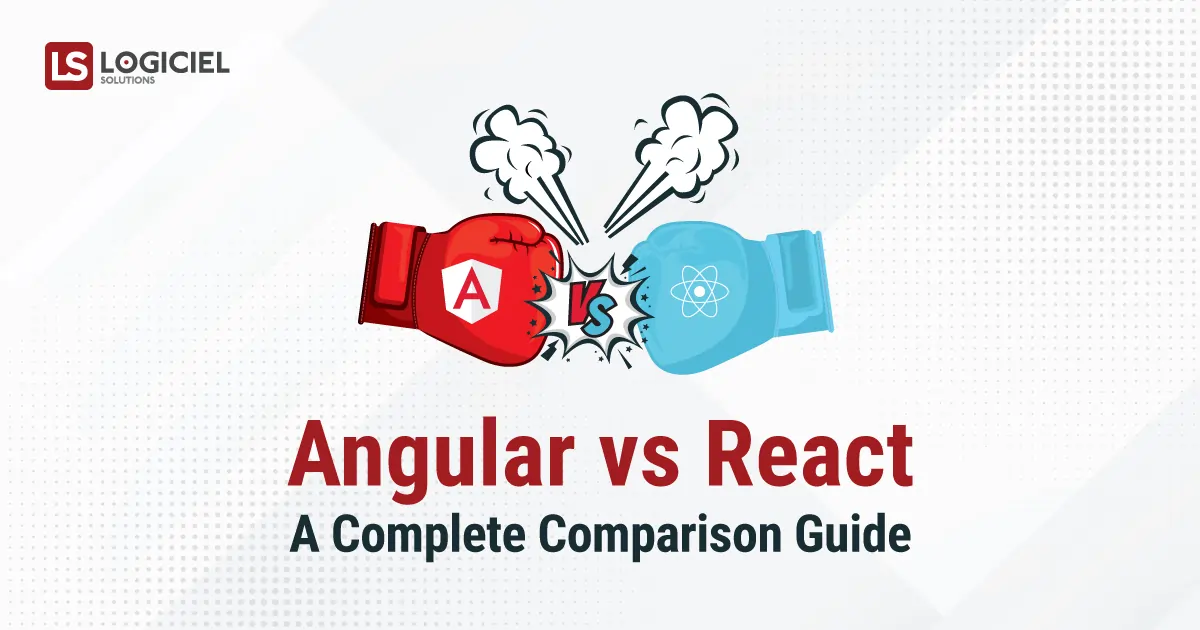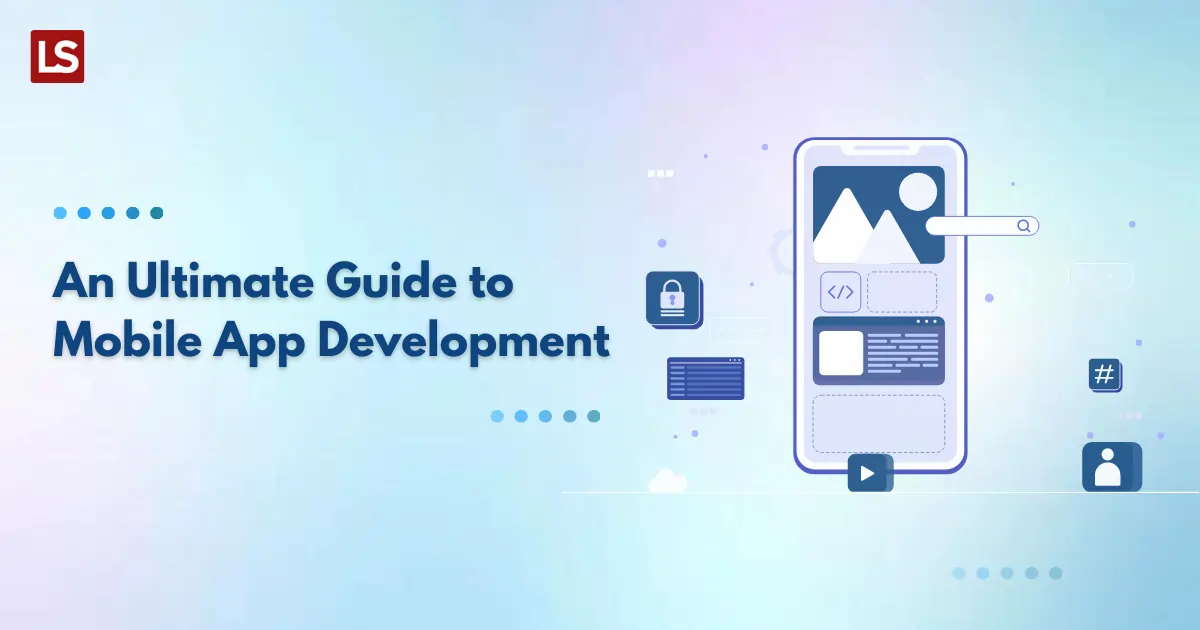In today’s rapidly evolving digital era when customers’ preferences are shifting quickly, businesses are looking forward to innovate faster. What It means for software development firms is, they have to create better software, faster.
And here, Microservices are gaining huge attention in the software industry for all good reasons. In this article, we will learn what exactly Microservice Architecture is? How is it different from Monolithic? along with its benefits and challenges.
What is Microservices Architecture?
Microservices architecture refers to an organizational approach for developing applications where a large application is divided into smaller independent services or mini-apps, with each one having its own codebase and realm of responsibility.
While splitting the application into small apps or services, Microservices architecture makes the development processes extremely easier to maintain, evolve, test, and deploy.
The biggest advantage of Microservices architecture is, all services can be deployed independently and no rebuilding or redeploying of the entire application is required to make specific changes in the services. These mini-services work independently but can easily communicate with one another through well-defined APIs.
How Microservices Architecture is Different from Monolith
While a monolithic architecture refers to a large application built-in single code-base that usually includes three prime sections, database, server-side programming, and client-side UI, a microservices architecture refers to smaller independent services or apps that are built as per the different software system requirements and work as individual units to complete their own tasks. Check out the differences between Microservices and Monolithic Architecture here.
Benefits of Microservices
Agility
As all the services are deployed and updated independently, Microservices makes it extremely flexible for the developers to work at their own pace. Unlike the Monolithic approach, it is extremely easy to update these independent services without influencing the entire codebase or applications.
Independent deployment of the mini-services is the core of the microservices approach and this typically results in greater agility with faster & safer upgrades and reduced down-time.
Small & Focused Teams
Because the application is divided into several small services with their own tasks to perform, teams are also small and well-aligned with their responsibilities defined in small codes. Working towards small and individual goals makes the teams highly motivated to complete their tasks on time.
A Mix of Technologies
It is not wrong to say that one of the central influencing areas of Microservices Architecture is, It enables the developers to choose the best-suited tools and technologies for the required functionality or service instead of being required to take a more standardized, one-size-fits-all approach like Monolithic. This is how they work more efficiently and come up with more creative solutions to the complexities.
Fault Isolation
Another amazing advantage of Microservices architecture is It helps you improve fault isolation which means if a bug is found in one mini-app, the whole system wouldn’t necessarily get impacted by that or stop functioning. And, once the bug is fixed, you can easily deploy it for the respective app instead without redeploying the entire system.
Scalability
The best thing about the microservices approach is, each service is independent and can be scaled individually. Therefore the complete process is not just cost-effective but time-effective too, especially in comparison with monolithic where the entire system gets scaled even if there is a specific need.
Challenges & Solutions
Complexity > Tracing
As microservices architecture is a collection of different services with their own tasks, you need to select and set up the connections among all of them and their respective databases. Also, these independent mini applications need to be deployed independently and that can be really time-consuming sometimes.
Here, we can follow a defined format for logging so if logs are captured from different services they remain in the same format for one request or functionality. Using a correlation ID could be a smart practice to deal with such scenarios as it is used to split operations sets and track requests individually.
Another way to do so is to structure your logs appropriately by creating logs leveraging easy, consistent, predetermined message formats or symbols.
We include “providing informative application logs” in the third position in our list to fix this challenge. Yes, If the microservices logs include some significant details like service name, user name, IP address, correlation ID, etc. they can help you determine the issue quickly.
Logging Standards
Application logs are considered a good problem-solving approach in support, but it may cause challenges for the development teams while executing microservices logging as they need to have a centralized view of multiple, distributed mini-applications. Because every microservice has its own database, each of them requires individual monitoring and logging strategy to determine the respective bugs or errors proactively.
To deal with this challenge you need to address the used centralized log storage and Cloud Logging could be a great help for you here. The tool is a fully managed service that enables you to get advanced business insights including performance, troubleshooting, security, and log analytics.
The execution of microservices needs multiple hosts hence, it may become challenging for the developers to manage various services running independently on different platforms for specific needs or even a single requirement. As each mini service has an individual logging solution, the increasing number of services may create a big challenge for the developers like going through each service log just to check the logs.
All this will ultimately stretch the overall process and make it a time-consuming practice for the development team. However, things can be managed well with a centralized logging service where developers get access to a central go-to place that is backed by almost all the information of the logs. Hence, developers can view the required logs without going through all the logs.
Development and Testing
The development of each microservice relies on a group of other microservices where independent teams are working on different functionalities. Hence, sometimes it might become hard for the developers to manage service dependencies and the overall development requirements of the software.
Developers with good skills are required to deal with such tricky situations. These experienced developers have proper and well-analyzed test plans for individual services as well as dependent services.
When we talk about dependent components, there are various ways to manage them while testing microservices, some of them are:
- Connecting Microservice X to a test instance of Microservice Y so you can test them both together.
- Connecting Microservice X to a production instance of Microservice Y while testing Microservice X and testing them together launching X to production.
- Microservice test against third-party dependencies. Here you connect microservice X to a third-party system’s production instance while testing microservice X.
Data Integrity
Since every mini-app or service holds its own database which other apps can’t access directly, data integrity and data consistency may become critical challenges in a microservices architecture.
To overcome this challenge you will have to ensure that all the microservices are defined with a truly autonomous lifecycle and each one of them owns its own data exclusively and there are no data duplicates.
Security
Even a simple mini-app or service in microservices architecture includes several components with different responsibilities distributed individually and each one of them has its own vulnerabilities and security risks.
One of such challenges in Microservices are Loosely coupled and their data is stored over various data centers and cloud environments. Hence, the communication channel’s exposure can enhance the risks of data leaks.
Make sure you are using Authorization, HTTPS (ensures privacy and data integrity by encrypting communication over HTTP), Encrypt and protect secrets, etc. to prevent this security challenge.
Versioning
Versioning is a significant aspect of API Design that helps development teams to manage and improve multiple APIs without impacting the already running functionalities of other API versions.
New features and functionalities are required to satisfy the growing needs of the market and customers. As microservices encourage independent services environments to build, test, and deploy applications, versioning can be challenging due to service compatibility.
Here URL or header-based versioning can be used to avoid this issue.
URL-based versioning is primarily about adding the version number to the service URL. As the version number is part of the URL itself, it is easy to identify the specific version that is being invoked
Header-driven versioning is maintained at the header of the request. The HTTP protocol has a content version as one of the header attributes and in this approach, this attribute is used to hold the version number for a given service endpoint
Sometimes when the application is user-facing, comparatively more frequent changes are required than the other core features that need updates rarely. In such cases separating deliverables into small parts and maintaining them with different versions may help a lot.
Semantic versioning can be a good pick here as it is an ideal practice for projects including public-facing APIs and requiring frequent changes or updates. Major, minor, and patch are the three main non-negative integral values to determine the type of versioning.
How to use microservices for Social media campaign apps?
Using Microservices for promoting your business through multiple social media platforms from one place/App means users are able to promote their campaign on all the major platforms like Facebook, Instagram, Twitter, Google, Mailchimp from a common or we can say centralized place. To do this, the structure of microservices could be as follow:

Users from the app interface will select whatever channel they want to create a campaign on and then individual microservices would be responsible to handle their respective channel requests. Like FB micro would be only responsible to handle all requests to deal with FB third-party APIs, same for Instagram, Twitter, and Google.
There is a common microservice i.e advertisement which can be utilized to receive the data from Frontend and then identify and prepare the data for respective micros like the request is about to create a campaign on Facebook. Then advertisement will prepare the request payload which is accepted by the Facebook microservice and then send it to it.
Some Large-scale Companies Using Microservices are:
Netflix
In 2009, Netflix’s server got crushed which led the application to several days of downtime, all this happened because of a single bug intervention. Moreover, the application was also facing scalability issues and was not able to scale its operations to meet the growing business needs on time.
Ultimately, the company realized that Monolithic is not the best fit for complex applications hence, Netflix took a big step and shifted its monolithic architecture to AWS cloud-based microservices.
As microservices architecture enabled Netflix to break up the system into independent mini-apps or services that work independently without any dependencies on one another, the company minimized its service outages and achieved better scalability along with improved availability.
Amazon
Like all the other brands, Amazon also started with a monolithic app but, over time, the company realized that their database was growing and it was getting really difficult for them to manage it with monolithic, also adding new features as per the evolving market needs was really tough and risky.
When Amazon started to face these massive challenges, the company decided to implement a more flexible architecture that could save them from frequent service outages and other critical losses. And, this is when Amazon moved to microservices architecture.
Uber
Initially, Uber just wanted an app with a few features that could connect drivers and riders with each other and where billing and payments could be processed safely. Hence, they picked monolithic architecture to satisfy their business needs. Later, when the company expanded to other cities and included new features to the app, maintaining and updating the overall system in monolithic became a big challenge as there were huge dependencies between the app’s components.
As the microservices approach works in small and independent services, it enabled Uber to overcome all its scalability and data management challenges.
Conclusion
Microservices are most suitable for the development of large-scale applications as independent mini services work great for the achievement of long-term results where scalability remains at the top.
From the easy deployment of the independent mini-apps or services resulting in faster & highly secured upgrades and reduced downtime to enabling the developers to leverage a mix of technologies as per the required functionality or service, Microservices can actually make your development process cost and time-effective. Though there are some challenges too, you can easily overcome them by following the right practices as mentioned above.




